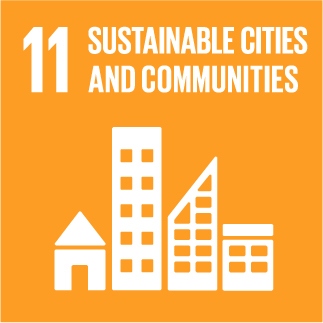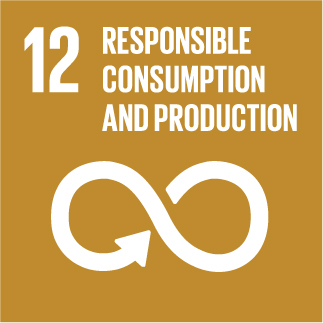URBANREC
Effect of light-dark cycles on hydrogen and poly-?-hydroxybutyrate production by a photoheterotrophic culture and Rhodobacter capsulatus using a dark fermentation effluent as substrate
A Rhodobacter capsulatus strain and a photoheterotrophic culture (IZT) were cultivated to produce hydrogen under different light-dark cycles. A dark fermentation effluent (DFE) was used as substrate. It was found that IZT culture had an average cumulative hydrogen production (Paccum H2) of 1300±43mLH2 L?1 under continuous illumination and light-dark cycles of 30 or 60min. In contrast, R. capsulatus reduced its Paccum H2 by 20% under 30:30min light-dark cycles, but tripled its poly-?-hydroxybutyrate (PHB) content (308±2mgPHB gdw?1) compared to continuous illumination. The highest PHB content by IZT culture was 178±10mgPHB gdw?1 under 15:15min light-dark cycles. PCR-DGGE analysis revealed that the IZT culture was mainly composed of Rhodopseudomonas palustris identified with high nucleotide similarity (99%). The evaluated cultures might be used for hydrogen and PHB production. They might provide energy savings by using light-dark cycles and DFE valorization.

» Author: Virginia Montiel Corona, Sylvie Le Borgne, Sergio Revah, Marcia Morales
» Reference: Bioresource Technology, Volume 226
» Publication Date: 01/02/2017
» More Information

This project has received funding from the European Union's Horizon 2020 research and innovation program under grant agreement Nº 690103




URBANREC Guidelines by URBANREC Consortium is licensed under a Creative Commons Reconocimiento-NonComercial-NoDerivatives 4.0 Internacional License.
Puede hallar permisos más allá de los concedidos con esta licencia en www.aimplas.net
